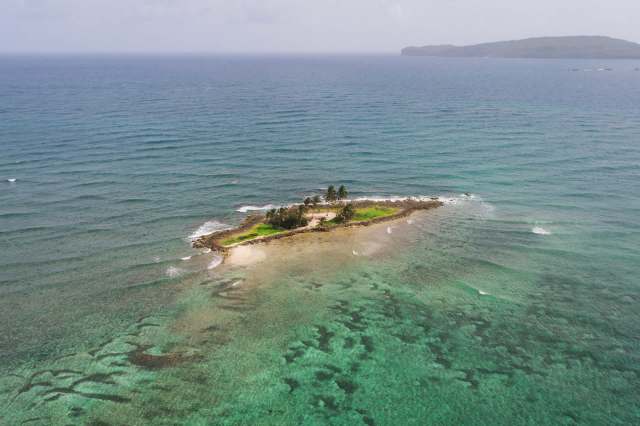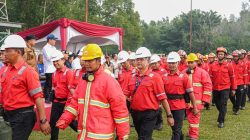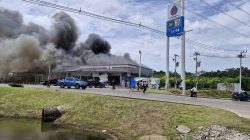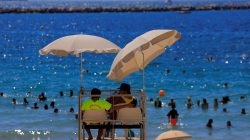The Threat to Nyangai Island
Nyangai Island, one of seven inhabited islands in the Turtle Islands archipelago located off the coast of Sierra Leone, is facing an existential crisis. Once home to over a thousand residents and three villages, the island has seen two-thirds of its surface area disappear due to rising sea levels. Today, only 300 people remain, living in increasingly cramped conditions with minimal infrastructure. Homes are frequently lost to floods, and there is little space left for rebuilding.
A local climate expert has warned that the entire archipelago could be gone within the next 10 to 15 years. This prediction underscores the urgency of the situation. For the remaining inhabitants, the threat of displacement looms large. Amidou Bureh, a community leader and longtime resident, expressed his fears: “Our worry is the water, that the water will destroy us.”
The Impact of Climate Change
The crisis on Nyangai Island is not just a local issue but part of a global pattern of environmental degradation. The fishing community here has contributed almost nothing to the pollution that is accelerating climate change. Emissions from fossil fuels have led to the loss of sea ice, increased coastal erosion, and the disappearance of island communities worldwide.
Rising ocean temperatures also create ideal conditions for more frequent and severe extreme weather events. People are already being displaced, and the scale of this displacement is comparable to what was seen during World War II. The question now is not whether displacement will occur, but how many people will be affected.
Efforts to Address the Crisis
Efforts to protect vulnerable communities have been limited. A USAID program attempted to slow down erosion by planting mangroves, but according to Mongabay, these efforts had little impact. With foreign assistance dwindling, even these small-scale initiatives are coming to an end.
Sierra Leone, with a GDP per capita of just $915, faces significant challenges in addressing population displacement. The country lacks the resources to manage the growing crisis. A global response is needed, and this requires awareness, collective action, and individual efforts. Accelerating the adoption of clean energy can help slow the rise in sea levels and provide valuable time for vulnerable communities.
What Can Be Done?
Addressing climate change requires a multifaceted approach. Individuals can make a difference by reducing their carbon footprint, supporting renewable energy initiatives, and advocating for stronger environmental policies. Communities can come together to raise awareness and push for systemic change.
Governments and international organizations must also take responsibility. Investing in sustainable development, providing financial support to affected regions, and implementing policies that promote environmental protection are essential steps.
The Need for Global Action
The plight of Nyangai Island serves as a stark reminder of the urgent need for global action on climate change. As sea levels continue to rise, more communities around the world will face similar challenges. The time to act is now, before it’s too late.
By working together, individuals, communities, and governments can help mitigate the effects of climate change and protect vulnerable populations. It is a shared responsibility that demands immediate attention and sustained effort.







